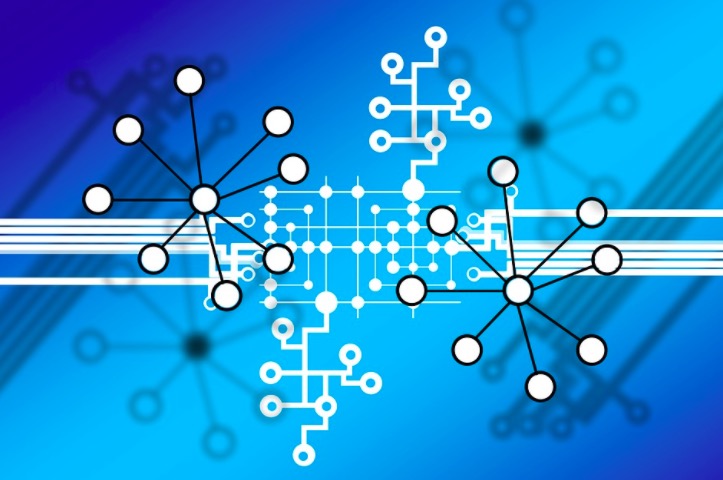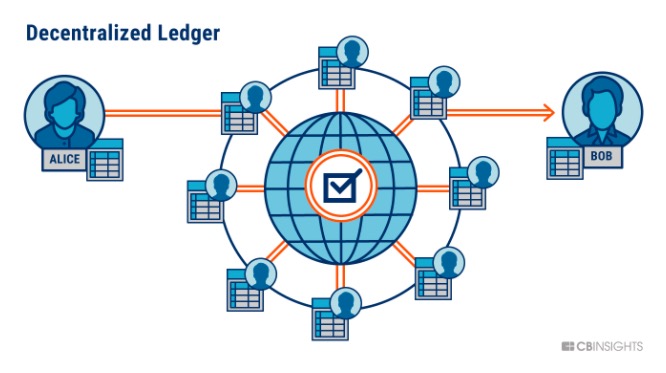
Blockchain topic is extremely hot these days. Earlier this morning, I had a chance to talk with one of my blog readers (also running PLM IT for large manufacturing firm). The conversation was about blockchain and if it makes sense for PLM business and not. This conversation made me think PLM and blockchain and the reason these solutions may or may not work. I captured few passages from vendor websites.
Here is passage from SAP article – SAP blockchain, IoT effort takes vertical dive into PLM, asset management:
“We’ve been working on blockchain for a while, and one of the primary use cases is around product and asset lifecycle management,” said Gil Perez, SAP’s senior vice president of digital assets and IoT. “Line-of-business IoT and digital supply chain is where we’re seeing a lot of traffic and focus.”
The so-called SAP Leonardo Blockchain Co-Innovation program aims to give SAP customers and partners the opportunity to explore applications, including registering events to a blockchain system from product inception and design to manufacturing and logistics phases for product track and trace.
Another passage from WhichPLM – The Future of Supply Chain Transparency: PLM meets the IoT and Blockchain:
Consider the Internet of Things (or IoT) which allows us to collect huge volumes of data from connected machinery, so we can see how spreaders, cutters, sewing machines, and other hardware is being used in a factory on the other side of the world. Other industries are also making headway with blockchain technologies, using smart contracts and distributed ledgers to track and trace products through every stage of their lifecycles, however minor. Everything from finished goods to materials bundles to buttons can conceivably be tagged with QR codes, or affixed with NFC or RFID tags (small, washable, embedded chips) that allow us to follow their every move from manufacturing to distribution – and even as far as end of life recycling. And unlike traditional status updates, which are made manually and after the fact, IoT and blockchain approaches communicate in real-time by design, leaving nothing open to misinterpretation, and replacing the element of human-to-human trust with total machine-to-machine transparency.
And the final passage is Oracle SVP of Cloud platform:
“Blockchain holds the promise to fundamentally transform how business is done, making business-to-business interactions more secure, transparent, and efficient…”—Amit Zavery, Senior Vice President, Oracle Cloud Platform
I’m very happy to see that blockchain is trending with lot of promise about how this technology will make change in communication and data management for engineering and manufacturing. By myself, I also wrote an article where I shared some of my positive thoughts about blockchain and PLM – Blockchain technology and distributed manufacturing ledger.
Today, I want to focus on some important aspects of blockchain, you need to ask company and yourself before to believe blockchain will change everything in PLM.
I captured the following picture in CBInsight article – What is blockchain technology. I found the article very educational shining light on how to explain blockchain and its benefit.

The important part of this picture is the notion of decentralized ledger. But the idea makes sense only if the idea of distributing a database among participants to ensure a common record of truth is demanded. So, the PLM blockchain solution company is building should be by nature “decentralized”. It is completely orthogonal to existing PLM concepts of single point of truth. And if you have single centralized PLM system that is capable to track all data points tracking product, supply and all other stuff, blockchain is essentially useless thing. You just put the data in a single PLM database and trust administrator of this database. And if you don’t… this is a moment of time you start thinking about distribution of authorities.
From technological standpoint, the performance of blockchain is a topic that worth investigating before jump into PLM blockchain happy future. And the issue is related to scaling blockchains.
For a blockchain to work, lots of participants need to hold up-to-date copies. This means that the same database is held by thousands of nodes. This is fairly inefficient. If we were to look at how technology has developed over the past fifteen years, blockchain runs counter to the logic behind cloud computing. Cloud computing trends toward a single database that multiple nodes can access. These nodes don’t have to hold their own private copy of this database.
Further, nodes holding copies of the blockchain receive constant updates. These nodes are distributed around the world. Because of this, blockchains have high latency (latency is the amount of time it takes for data to move through the network). As a result, blockchains face scaling issues. Bitcoin can process about 3-4 transactions per second. Ethereum maxes out at about 20 transactions per second. Visa can process over 1,500 transactions per second.
What is my conclusion? Large companies are making big promises. PLM blockchain future can be very bright. However, two things should happen before – 1/ companies will have to dump existing PLM philosophies with single point of truth databases; 2/ block should be applied to a practical use case that can provide a business model as well as match technological realities of blockchain technologies today. Until that time, blockchain slideware can be good for analysts and big promises. Just my thoughts…
Best, Oleg
Want to learn more about PLM? Check out my new PLM Book website.
Disclaimer: I’m co-founder and CEO of OpenBOM developing cloud based bill of materials and inventory management tool for manufacturing companies, hardware startups and supply chain. My opinion can be unintentionally biased.
The post PLM and Blockchain – yes, no, maybe? appeared first on Beyond PLM (Product Lifecycle Management) Blog.



Be the first to post a comment.